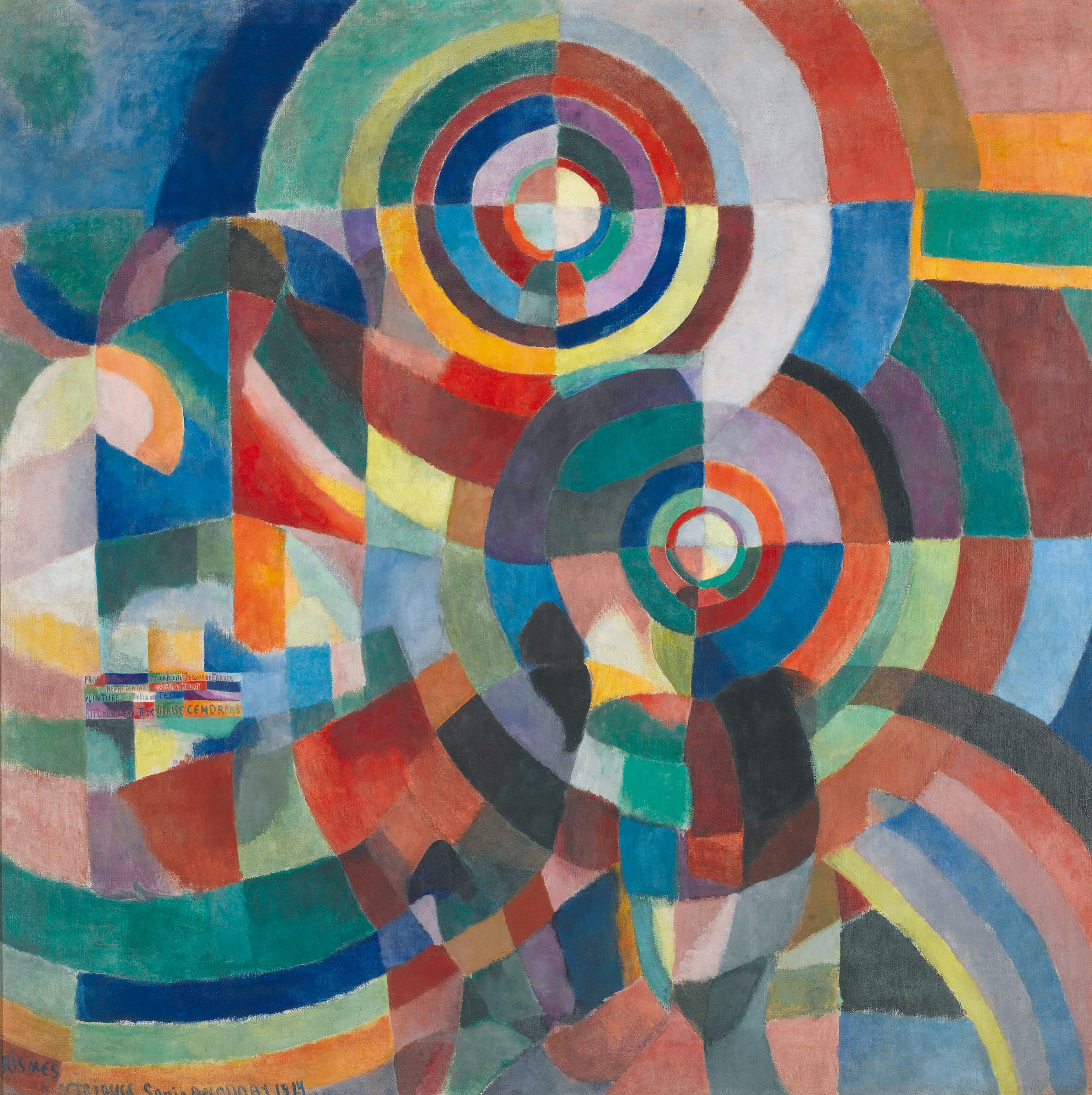Studio Two:
Cosmos Instructor: Ed Keller & Carla Leitão Date & Time: Feb 6, 13, 20, 27, Mar 6, 13, 20, 27 14 to 16:30 ET

DESCRIPTION: This seminar considers the surface of our planet and the world-buildings we have conducted across past centuries, and continues by leaping off earth to extra-planetary networks as an extension of design. We ask: what is an operational new nature, and when does architecture transform into landscape, extend beyond a horizon, link to systems off planet, and catalyze a revolutionary universality? Our planet itself is, indexically, a computer: meteorology, geology and biology act as computation. The earth has registers of massive addressability in river meanders which arc across millions of years, for example, which begs the question: where and how might a planet have ‘mind’ or ‘computational capacity’? What kinds of information processing takes place, what networks are folded into that, and how can we work as designers to access those flows of information and energy?
Part of this seminar’s intent will be to map and identify the kinds of bodies constituted by cosmological and cosmopolitical forces. This work will cross many scales, from the atomic to the galactic. What might we choose to design, to catalyze this new nature, a new set of universalist politics? Would we design a new law of physics? A new legal system? A new planetary infrastructure? Is this a design project for material systems, informational systems, biological systems? We can learn key lessons for a project like this from Stanslaw Lem’s His Master’s Voice, Cixin Liu’s The Three Body Problem, or various other hard science fiction texts.
However, these questions must also be brought back to ‘earth’, as it were. We must turn our eyes to the sky and the ground simultaneously. What systems on our planet must be conserved in order to constitute the future? What ‘gestural ecologies’, to use Nandita Biswas Mellamphy’s term, can we deploy to work as designers of our planet and for our planet? A universalist notion of planetary ethics is called for, as Aldo Leopold has pointed out. What forms of radical empathy, co-living, co-evolving, mutualism, and shared ontologies do we catalyze as we care for ourselves and our planet? Ultimately, will we be tethered to our evolutionary world, the one that made us and where our bodies match up? Or will we bring it along for the ride, as a counterpart, a rear view, a pendulum, a harbor, a home, or a canvas to continue to draw from and upon?
IMAGE: Sonia Delaunay, Prismes électriques, 1914
To see The New Centre Refund Policy CLICK HERE.
To see The New Centre Refund Policy CLICK HERE.